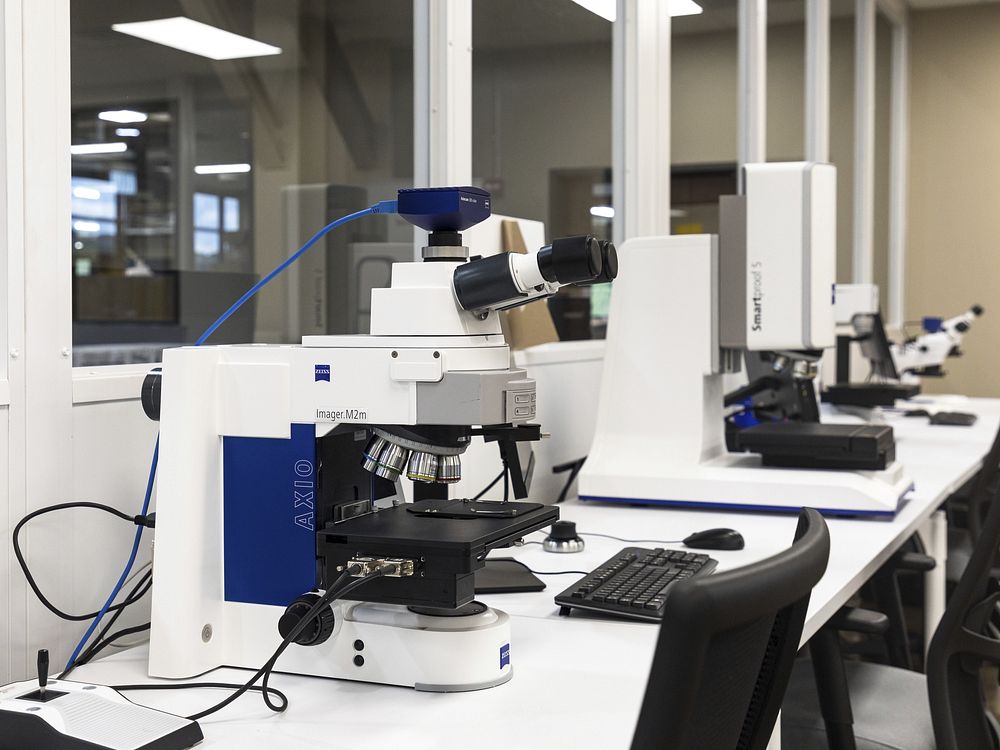Now Reading: Fingerprint Evidence – An Infallible of Identification: The Case of Mass Fingerprinting
-
01
Fingerprint Evidence – An Infallible of Identification: The Case of Mass Fingerprinting

Fingerprint Evidence – An Infallible of Identification: The Case of Mass Fingerprinting
Mass fingerprinting in a small town helped solve the case of murder of a toddler
In the second week of May 1948, four years old June Devaney was admitted to Queen’s Park Hospital, Blackburn, U.K. for treatment of pneumonia. She was the eldest of the six patients in the Children’s ward. June had made good progress and was due to be discharged from the hospital by the evening of May 15. However, at about 1.20 AM on the same day, a nurse noticed that she was not in her cot.
The nurse also observed footprints on the polished floor and a bottle of sterile under the cot of the missing child. She remembered that the bottle, which was normally kept at the end of the ward in a trolley, was not under the bed an hour earlier.
The police soon arrived at the scene and systematically scanned the hospital premises. At 3.17 AM, a constable found June’s body near the hospital boundary wall, about a hundred meters from the wall.
Keeping in view the heinous nature of the crime, the investigations were entrusted with the Scotland Yard. Detective Chief Inspector Colin Campbell painstakingly examined the ward over next 15 hours. He lifted fingerprints from the sterile water bottle and footprints from the polished floor. The latter were more than 10 inches long and were made by a male who had worn socks. This ruled out the female nurses who normally entered the ward bare footed. Next, the fingerprints of those who had legal access to the ward were recorded; none of these matched with the imprints obtained from the bottle.
On May 16, a search was made in the crime record office, but no match was found. More than 2000 persons who had visited the Children’s ward during the past 2 years were fingerprinted, but these too did not match with the impressions on the bottle.
By now two aspects were quite clear: Firstly, the fingerprints on the sterile water bottle were those of the murderer, and secondly, the perpetrator of crime had the knowledge of local topography. The investigators took an unprecedented decision to fingerprint all males 16 years of age or older who were present in Blackburn on May 14 and 15.
The Mayor of Blackburn sent out an appeal to the residents to cooperate with the investigators, so as to bring culprit to the book. The local press also issued a similar appeal. The police assured that once the guilty person was arrested, the fingerprint cards would be destroyed or returned to the donors.
On May 23, twenty officers under the command of Inspector William Barton were assigned to task. They visited 35000 houses, a project that took two months. Many residents by then had left Blackburn for other parts of U.K., and also for foreign countries, including Australia, Egypt and India. Follow-up inquiries yielded fingerprints of these men too. The World War II prisoners of war, who were residing near Blackburn, were also fingerprinted, as were the inmates of a local mental asylum.
By the end of July 46000 fingerprint index cards were scrutinized. However, the identity of the suspect had still not been established.
Fortunately, by this time the local registration office circulated a notice, asking the residents to get new ration cards issued. To avail this facility, they had to fill an application form, giving their name, address, date of birth, etc. The investigators tallied the list of those who had applied for new ration cards with the schedule of persons who had been fingerprinted. There were about 200 males who, for one reason or other, had slipped through the mass fingerprinting net.
On August 9, the investigators restarted the process of fingerprinting so as to cover the left outs. Finally, on August 12, a match was found. The index card in question was of Peter Griffiths, aged 22. He was an ex-army man.
After some resistance, Griffiths confessed to the crime. On the fateful night of May 14/15, he had taken to heavy drinking. Under the influence of liquor, he entered the children’s ward of the Queen’s Park Hospital and picked up the sterile water bottle from the trolley. Subsequently, he lost his balance and fell on June’s bed. The child started crying. He placed the water bottle under girl’s bed and tried to hush her, but in vain. He therefore carried her outside and banged her against the hospital boundary wall.
Griffiths was re-fingerprinted at the crime record office. His footprints were also recorded. The results matched with the fingerprints on sterile water bottle and footprints on polished floor. The court pronounced him guilty and awarded him capital punishment.
After the arrest of Griffiths, the Mayor of Blackburn announced that the residents may collect their fingerprint index cards or else those would be destroyed. About 500 donors applied for return as they wanted to preserve these as souvenirs. The remaining documents were pulped at a local paper mill, in presence of the Mayor and local media persons.
At 9 AM on November 19, 1948, the hangman made Blackburn a safer place for children.
AUTHOR
Dr. Jasjeet Kaur
Associate Professor and Head, Department of Chemistry, Shaheed Rajguru College of Applied Sciences for Women (University of Delhi)

Dr. G. S. Sodhi
Associate Professor and Coordinator, Forensic Science Unit, S.G.T.B. Khalsa College, University of Delhi











